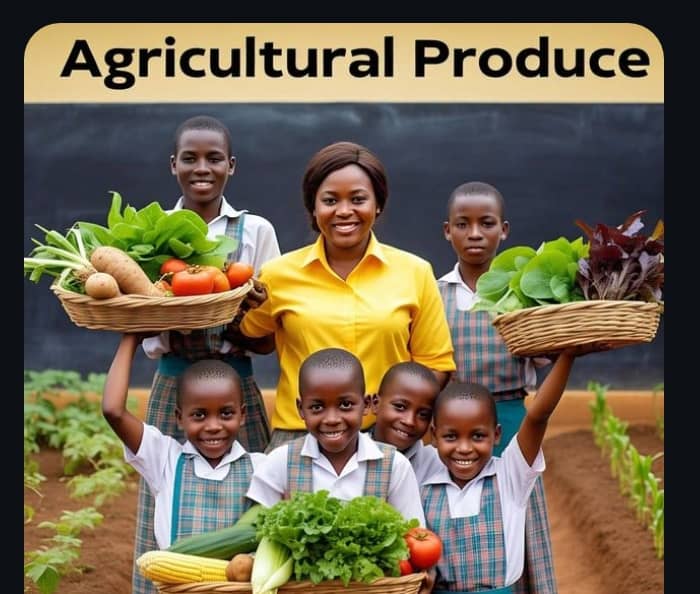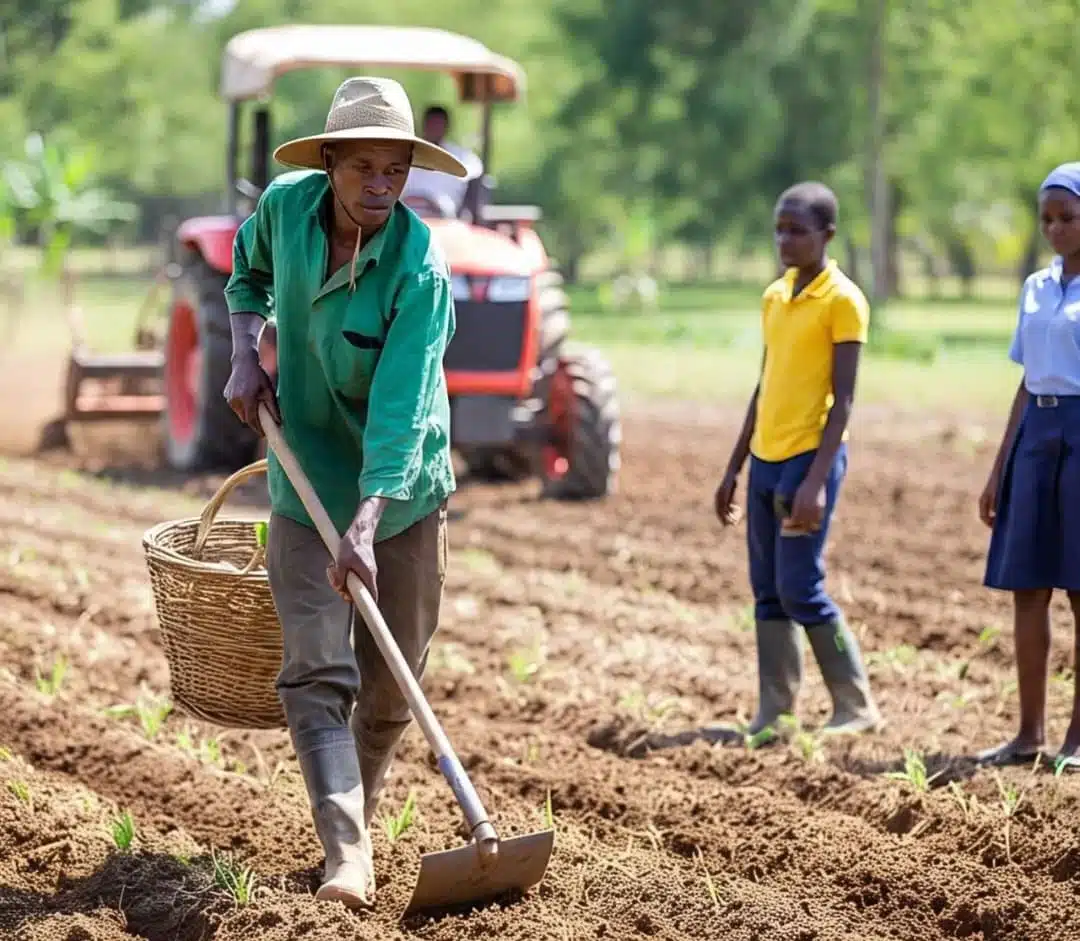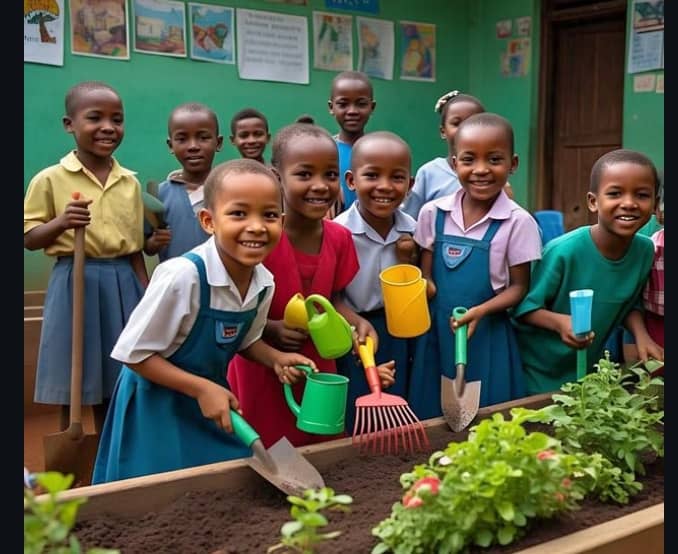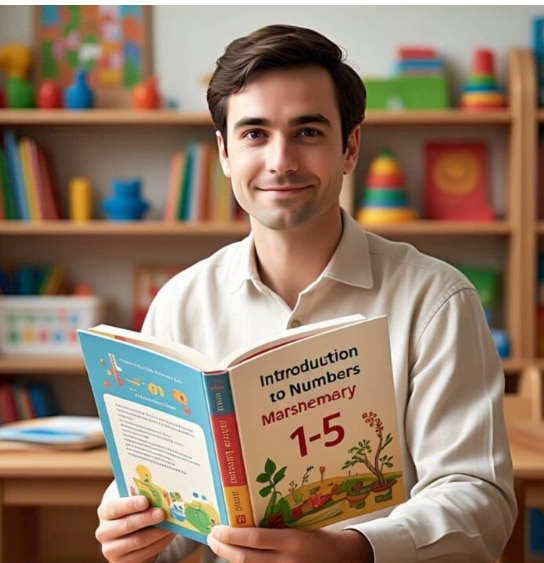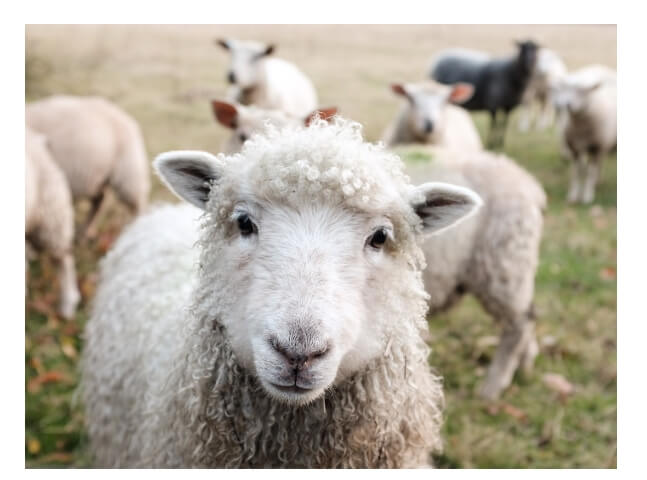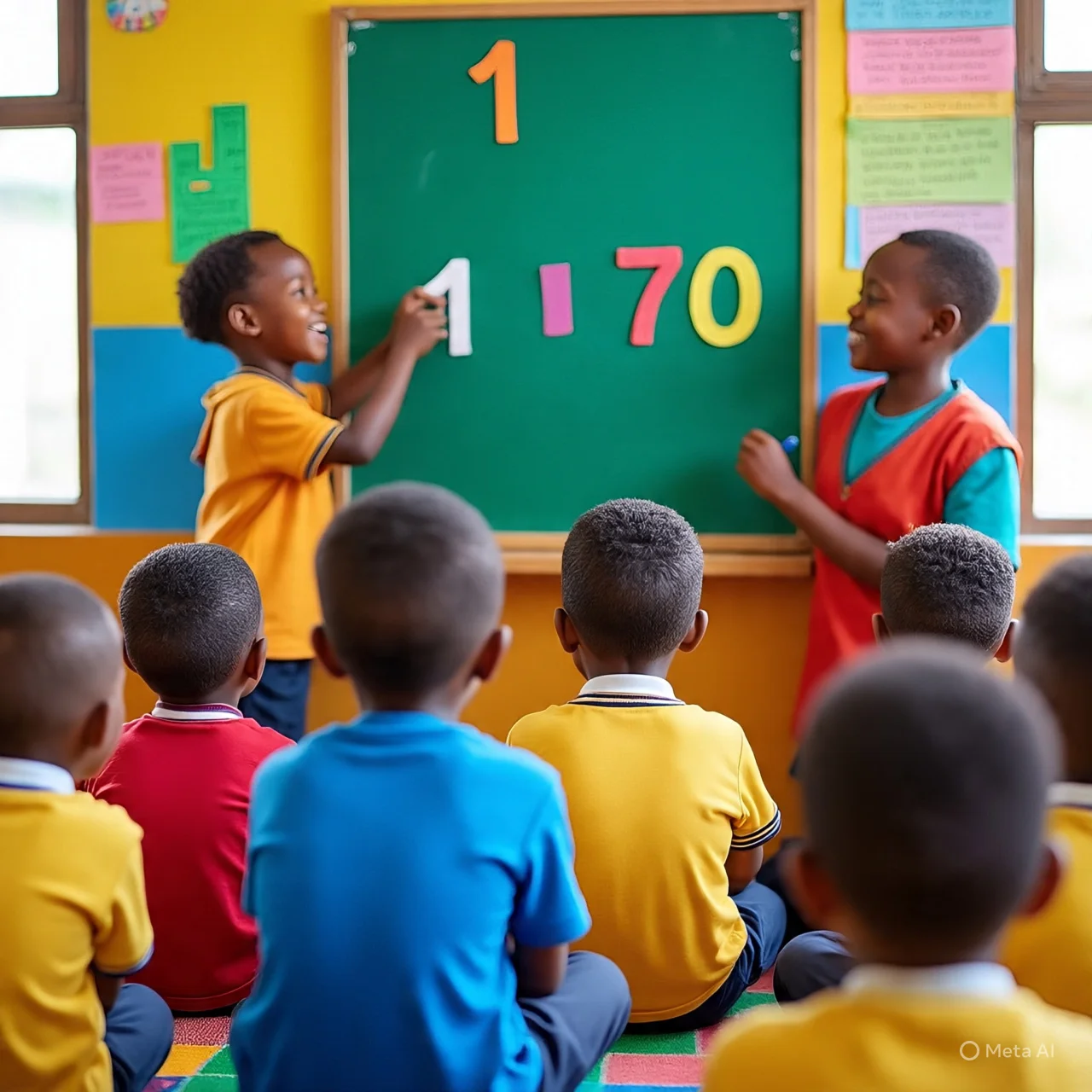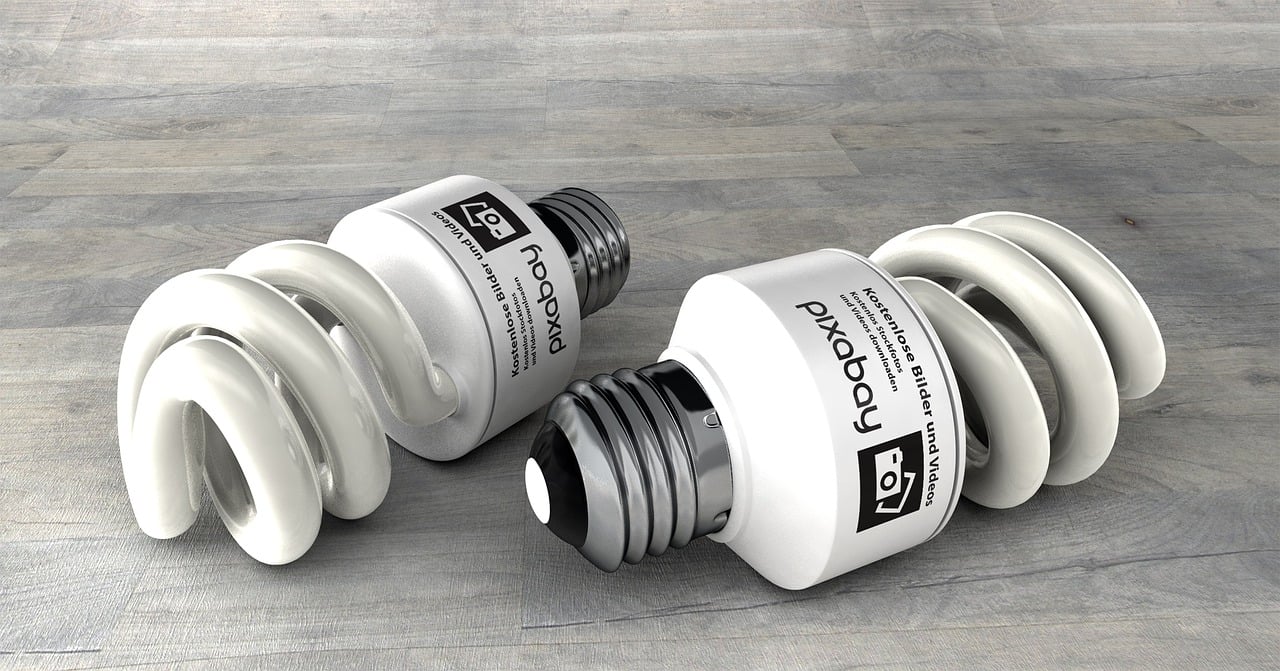BASIC SCIENCE – PRIMARY 1
SECOND TERM – WEEK 12 EXAMINATION QUESTIONS
(Full Term Assessment)
GENERAL INSTRUCTIONS FOR TEACHERS AND STUDENTS
For Teachers
- Ensure the exam hall is neat and quiet.
- Arrange the pupils properly and give space between each child.
- Read the instructions aloud before the pupils begin.
- Do not assist pupils with any answer.
- Watch carefully to prevent cheating or communication among pupils.
- Encourage pupils to work at their own pace and remain calm.
- Collect the scripts neatly at the end of the exam.
For Students
- Sit quietly and listen to instructions.
- Do not talk during the exam.
- Read each question carefully.
- Tick or shade only one correct answer.
- Work by yourself. Do not copy or ask your friend.
- If you do not understand a question, read it again slowly.
- Do your best and write clearly.
- Cheating is wrong. Be honest and trust yourself.
PART A: OBJECTIVE QUESTIONS
(30 Fill-in-the-Blank Questions with Options)
Choose the correct answer from (a), (b), (c), or (d).
- We breathe in ______.
a) stone b) water c) air d) sand - A goat is a ______ thing.
a) living b) non-living c) sharp d) cold - Red light means ______.
a) go b) stop c) jump d) slow - Green light means ______.
a) stop b) run c) go d) eat - The sun gives us ______.
a) heat b) food c) toys d) shoes - Rain comes from the ______.
a) roof b) sky c) floor d) chair - A stone is a ______ thing.
a) living b) non-living c) soft d) plant - Plants need ______ to grow.
a) air b) toys c) shoes d) books - Water is used for ______.
a) washing b) shouting c) playing d) thinking - A book is ______.
a) living b) non-living c) plant d) fish - Yellow light means ______.
a) sleep b) get ready c) jump d) cook - Waste should be put in a ______.
a) bag b) bin c) basket d) hand - We drink ______.
a) juice b) sand c) stone d) leaf - A baby is a ______ thing.
a) non-living b) living c) water d) food - The weather can be ______.
a) sunny b) book c) pencil d) cup - The colour of leaves is ______.
a) blue b) black c) green d) white - The air around us is ______.
a) dirty b) liquid c) invisible d) heavy - One way to dispose waste is ______.
a) burning b) eating c) losing d) hiding - The road has ______ to guide drivers.
a) toys b) traffic lights c) water d) food - On rainy days, the sky is ______.
a) bright b) cloudy c) sunny d) red - We use soap and water to ______ our hands.
a) break b) wash c) hide d) draw - A pencil is used for ______.
a) cutting b) eating c) writing d) washing - A non-living thing does not ______.
a) breathe b) stay c) change colour d) fall - The sun appears in the ______.
a) sky b) road c) bucket d) bag - Fire can be ______.
a) safe b) dangerous c) soft d) cold - We see with our ______.
a) ears b) nose c) eyes d) hands - We walk with our ______.
a) legs b) hair c) teeth d) ears - A dog is a ______ thing.
a) water b) plant c) living d) toy - A cup is ______.
a) living b) non-living c) breathing d) growing - The weather can change from sunny to ______.
a) rainy b) pencil c) shoe d) chalk
PART B: THEORY QUESTIONS
(10 Short Answer Questions)
Answer in simple sentences.
- What is a living thing?
- Mention two examples of living things.
- What is a non-living thing?
- Mention two examples of non-living things.
- What is weather?
- Mention two types of weather.
- What does the red traffic light mean?
- Why do we drink water?
- Mention one way we can keep our environment clean.
- What is waste?

